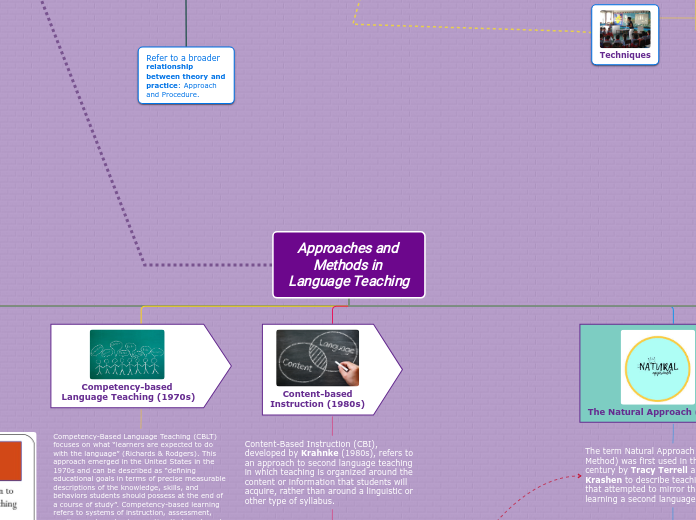Suggestopedia
The Solar System is the gravitationally bound system of the Sun and the objects that orbit it, either directly or indirectly. Of the objects that orbit the Sun directly, the largest are the eight planets, with the remainder being smaller objects, the dwarf planets, and small Solar System bodies.
Teacher´s and learner´s role
Uranus is an oddball. It has clouds made of hydrogen sulfide, the same chemical that makes rotten eggs smell so foul.
It rotates from east to west like Venus. Its tilt causes extreme seasons that last 20-plus years, and the sun beats down on one pole or the other for 84 Earth-years at a time.
Methane in the atmosphere gives Uranus its blue-green tint. It also has 13 sets of faint rings.
Teacher´s role
A planet's day is the time it takes the planet to rotate or spin once on its axis.
Write down Uranus's day measured in Earth days.
The primary role of the teacher is to create situations in which the student is more receptive and then to present linguistic material in a way that allows for more positive student retention.
learner´s role
Our Solar System has eight “official” planets which orbit the Sun.
Each planet is at a different distance from the sun. Name its position.
The student exercises a passive role (he should not try to find out, manipulate or study the material presented, but must retain a pseudo-passive state, which allows the material to surround him) and active at the same time, since, in specific activities, it is encouraged your active participation.
Principals
Neptune is about the size of Uranus and is known for supersonic strong winds.
Neptune is far out and cold.
The planet is more than 30 times as far from the sun as Earth.
Neptune was the first planet predicted to exist by using math, before it was visually detected. Neptune is about 17 times as massive as Earth and has a rocky core.
The type of music.
Intonation and rhythm.
Class preparation and improve the environment.
Infantilization (teach with games).
Authority in the teacher.
background
It was once considered a planet but in August 2006 the International Astronomical Union (IAU) downgraded the status of Pluto to that of “dwarf planet.”
Pluto is unlike other planets in many respects. It is smaller than Earth's moon; its orbit is highly elliptical.
It's a cold, rocky world with a tenuous atmosphere. Pluto is a very active ice world that's covered in glaciers, mountains of ice water, icy dunes, and possibly even cryovolcanoes that erupt icy lava made of water, methane or ammonia.
In the early 1960s Dr. Georgi Lozanov, creator of Suggestology,
begins to focus its investigations towards objectives educational activities by organizing peripheral suggestive stimuli in a
systematized in order to uncover reserve capacities and orient them to
enhance learning; As a result of this, the Suggestopedia is born.
Author
Georgi Kirilov Lozanov was born in Sofia, Bulgaria, on July 22, 1926. Dr. in Medicine, neuropsychiatrist and psychotherapist
Pros and cons
Venus is Earth's twin in size and has no moons.
Its surface has various mountains and volcanoes. Because of its thick, toxic atmosphere that's made of sulfuric acid clouds, Venus is an extreme example of the greenhouse effect. The average temperature on Venus' surface is 900 F (465 C).
Venus spins slowly from east to west, the opposite direction to most of the other planets.
The Greeks believed Venus was two different objects — one in the morning sky and another in the evening. Because it is often brighter than any other object in the sky, Venus has generated many UFO reports.
cons
• The method works in small class groups, so it is difficult to do it if we have 25 or more students.
pros
A planet's day is the time it takes the planet to rotate or spin once on its axis.
Write down Venus's day measured in Earth days.
Dialogues based on cultural aspects but prepared by the teacher according to the level of the student. • Relaxed atmosphere. • Attention is paid to the development of adequacy.
Techniques that would be use from this method
Mercury is the smallest, only a little bit larger than Earth's moon. Mercury has no moon.
It experiences dramatic changes in its day and night temperatures: Day temperatures can reach a scorching 840 F (450 C), which is hot enough to melt lead. Meanwhile, on the night side, temperatures drop to minus 290 F (minus 180 C).
It also has a very thin atmosphere of oxygen, sodium, hydrogen, helium, and potassium and can't break-up incoming meteors, so its surface is pockmarked with craters, just like the moon.
Positive suggestion: it is the teacher's responsibility to create factors that aid learning and this is achieved by removing barriers.
Peripheral learning: This technique is based on the idea that we perceive much more than we consciously acquire from the environment.
Class organization: the teacher's challenge is to create a classroom environment that is cheerful and clear.
A planet's day is the time it takes the planet to rotate or spin once on its axis.
Write down Mercury's day measured in Earth days.









